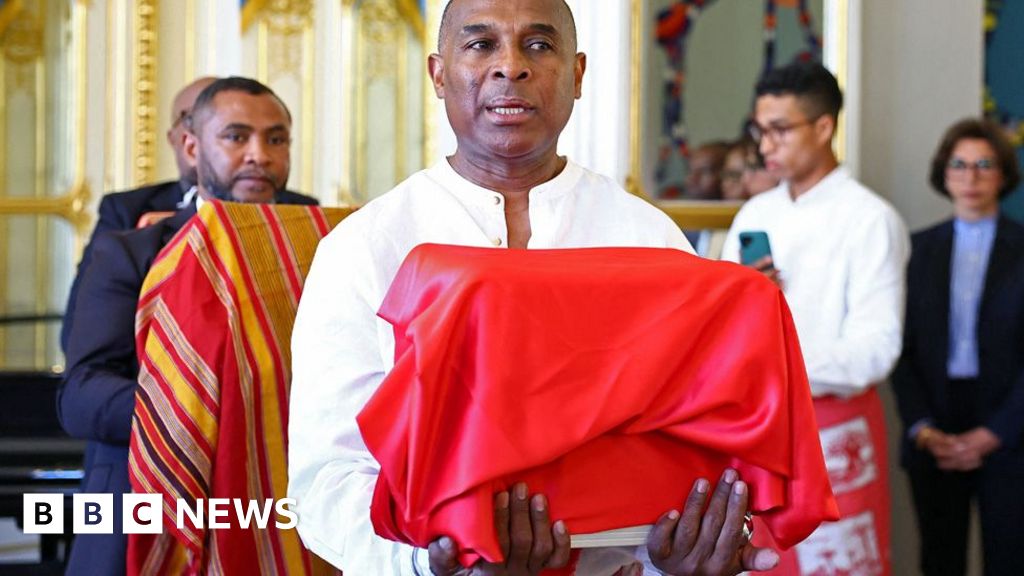When a new pope steps up to the role, one of his first big tasks is choosing a name that resonates deeply with both personal and historical significance. This crucial decision not only reflects the pontiff’s identity but also gives the world a sneak peek into the priorities of his upcoming papacy.
There are no strict guidelines for this decision, but popes typically draw inspiration from saints or past popes they admire. For instance, Pope Francis was the first to honor St. Francis of Assisi, highlighting themes of humility and poverty. Meanwhile, John Paul II referenced his predecessor, John Paul I, marking a tribute to a brief papacy.
The tradition of naming popes reaches back to the year 533, starting with Pope John II, who changed his name from Mercurius—a moniker too pagan for the Church. Selecting a name from history can signal the incoming pope’s focus; a Pope John Paul III might lean towards doctrine and social issues, while Pius XIII might honor tradition. A Pope John XXIV could imply a push for reforms.
The world will learn the new pope’s chosen name shortly after Cardinal Dominique Mamberti announces “Habemus papam” from the balcony of St. Peter’s Basilica, marking a significant moment for the Catholic Church.
There are no strict guidelines for this decision, but popes typically draw inspiration from saints or past popes they admire. For instance, Pope Francis was the first to honor St. Francis of Assisi, highlighting themes of humility and poverty. Meanwhile, John Paul II referenced his predecessor, John Paul I, marking a tribute to a brief papacy.
The tradition of naming popes reaches back to the year 533, starting with Pope John II, who changed his name from Mercurius—a moniker too pagan for the Church. Selecting a name from history can signal the incoming pope’s focus; a Pope John Paul III might lean towards doctrine and social issues, while Pius XIII might honor tradition. A Pope John XXIV could imply a push for reforms.
The world will learn the new pope’s chosen name shortly after Cardinal Dominique Mamberti announces “Habemus papam” from the balcony of St. Peter’s Basilica, marking a significant moment for the Catholic Church.






















